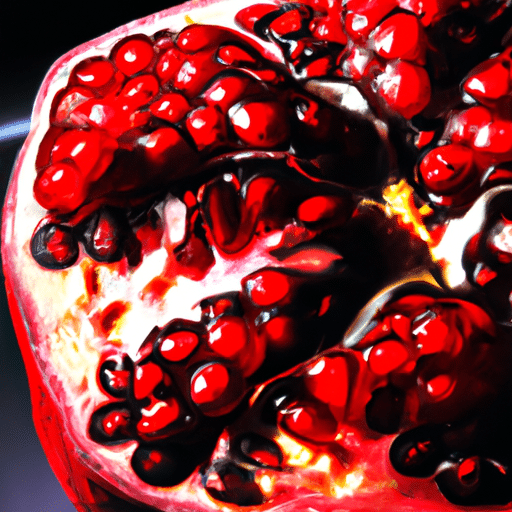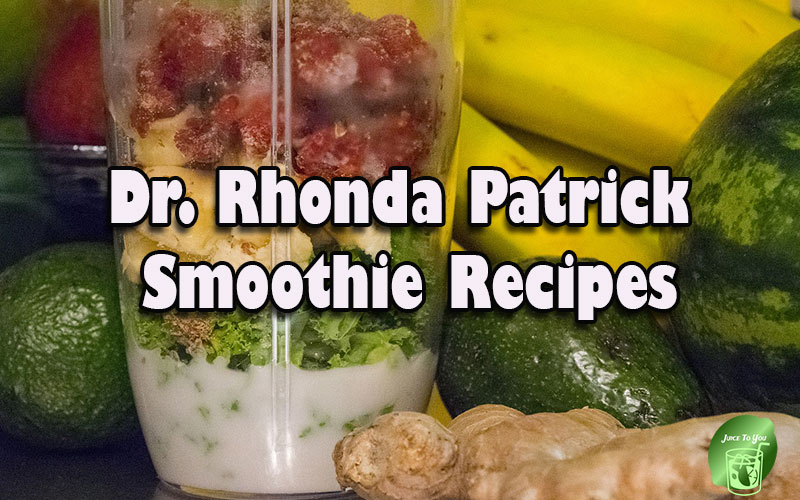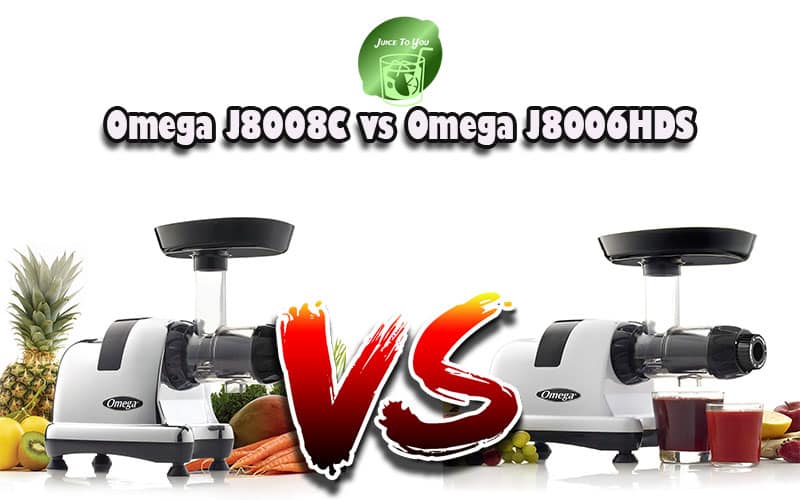Juicing pomegranates may seem like a daunting task, but fear not! We are here to show you just how easy it can be. With its vibrant red color and sweet-tart taste, pomegranate juice is not only delicious but also packed with essential nutrients. In this article, we will guide you through the process of juicing pomegranates, sharing tips and tricks along the way to ensure a successful and refreshing outcome. So, grab your juicer and get ready to unleash the full potential of this magnificent fruit!
Review contents
Benefits of Juicing Pomegranates
Rich in Nutrients
Juicing pomegranates is a fantastic way to reap the nutritional benefits of this vibrant fruit. Pomegranates are packed with essential vitamins and minerals, making them a valuable addition to any juice concoction. They are particularly rich in vitamin C, which helps boost the immune system and aids in collagen production for healthy skin. Additionally, pomegranates contain antioxidants, such as punicalagins and anthocyanins, that can help protect cells from damage caused by free radicals. By juicing pomegranates, we can easily incorporate these beneficial nutrients into our daily diet.
Helps Boost Immunity
When it comes to warding off illness, a strong immune system is crucial. That’s where juicing pomegranates can come in handy. Pomegranates are known for their immune-boosting properties, thanks to their high vitamin C content. Vitamin C is a powerful antioxidant that not only stimulates the production of white blood cells but also enhances their ability to fight off infections. By juicing pomegranates on a regular basis, we can give our immune system the support it needs to keep us healthy and protect us from harmful pathogens.
Promotes Heart Health
Taking care of our cardiovascular health is essential for overall well-being, and juicing pomegranates can play a role in that. Pomegranates are known to promote heart health due to their impressive array of heart-friendly nutrients. They are a rich source of polyphenols, which have been shown to reduce inflammation and lower blood pressure. These polyphenols, along with the potent antioxidants found in pomegranates, may also help prevent plaque buildup in the arteries, reducing the risk of heart disease. By incorporating pomegranate juice into our diet, we can take proactive steps towards maintaining a healthy heart.
Different Methods of Juicing Pomegranates
Using a Juicer
Using a juicer is a convenient and efficient way to extract juice from pomegranates. This method involves feeding the pomegranates into the juicer, which extracts the juice while leaving behind the seeds and pulp. It is essential to select a juicer that can handle the tough seeds of pomegranates to avoid any clogging or damage to the machine. Juicers are widely available and come in various types, including centrifugal and masticating juicers. They offer a quick way to obtain fresh pomegranate juice and can be a great addition to any juicing routine.
Using a Blender
If you don’t have a juicer, fear not! A blender can also be used to extract juice from pomegranates. To use this method, start by cutting the pomegranates into sections and adding them to the blender. Blend until the fruit is broken down into a liquid consistency. To separate the juice from the fibrous parts and seeds, strain the mixture through a fine-mesh sieve or cheesecloth. While this method may take a bit more time and effort, it can be a viable option for those who don’t own a juicer.
Using a Citrus Press
Another method for juicing pomegranates is by using a citrus press. This type of juicer is specifically designed for extracting juice from citrus fruits but can also handle pomegranates. To use a citrus press, cut the pomegranates in half and place them on the juicing cone, then apply pressure to extract the juice. Since the seeds are larger than those of regular citrus fruits, it’s essential to strain the juice afterward to remove any unwanted particles. A citrus press can be a handy tool for those who prefer a more manual approach to juicing.
Preparing Pomegranates for Juicing
Selecting the Right Pomegranates
To ensure the best flavor and quality of your pomegranate juice, it’s crucial to select ripe and fresh pomegranates. Look for fruits that are heavy for their size, with vibrant red skin and a firm texture. Avoid pomegranates that have a dull or wrinkled appearance, as they may be overripe or have lost some of their juiciness. By choosing the right pomegranates, you can guarantee a delicious and satisfying juice.
Washing and Drying the Fruit
Before juicing, it’s essential to wash and dry the pomegranates thoroughly. Use cool running water to remove any dirt or debris from the exterior of the fruit. Gently scrub the surface with your hands or a soft brush to ensure a clean fruit. After washing, pat the pomegranates dry with a clean kitchen towel to remove any excess moisture. This step is especially crucial if you plan on using the pomegranate peel or seeds for other purposes, as it helps prevent contamination.
Removing the Seeds
To extract the juice from pomegranates, it’s necessary to remove the seeds. There are several methods for seed removal, depending on personal preference. One common method is to cut off the crown of the pomegranate and make shallow incisions along the ridges, dividing the fruit into sections. Holding the pomegranate with both hands, gently pry open the sections and loosen the seeds with your fingers. Another method involves cutting the fruit in half and tapping the back of each half with a spoon to release the seeds into a bowl. Regardless of the method chosen, be cautious as pomegranate juice can stain surfaces and clothing.
Using a Juicer to Extract Pomegranate Juice
Preparing the Juicer
Before juicing, make sure your juicer is clean and ready for use. Refer to the manufacturer’s instructions for specific cleaning and maintenance guidelines. Additionally, check that your juicer is equipped with the appropriate attachments to handle pomegranates efficiently. If needed, adjust the juicer settings to accommodate the size and hardness of the seeds.
Feeding the Pomegranates into the Juicer
Once the juicer is ready, it’s time to feed the prepared pomegranates into the machine. Take care not to overload the juicer, as this can result in clogging or damage. Start by placing a handful of pomegranate seeds into the feeding chute, ensuring a steady and controlled flow. Repeat this process until all the pomegranates are juiced, adding more seeds as needed. Follow the specific guidelines provided by your juicer’s manufacturer for optimal results.
Collecting the Juice
As the pomegranates are processed through the juicer, the juice will be extracted and collected in a separate container or pitcher. Use a container with a spout or a juicer with a built-in juice dispenser for easy pouring. Be prepared for some pulp and foam to accompany the juice, as this is normal and adds to the overall texture and flavor. Once all the pomegranates have been juiced, gently stir the collected juice to ensure a consistent blend of flavors. Your freshly extracted pomegranate juice is now ready to be enjoyed!
Using a Blender to Extract Pomegranate Juice
Cutting the Pomegranates into Sections
Start by cutting off the crown of the pomegranates and slicing off a thin piece from the opposite end. This will allow more straightforward access to the seeds. Next, make shallow incisions along the ridges of the fruit, dividing it into sections. Carefully pry open the sections with your fingers to expose the clusters of juicy seeds.
Blending the Pomegranate Sections
Once the pomegranates are sectioned, add them to a blender. Blend the fruit on medium to high speed until it breaks down into a liquid consistency. You may need to pause and scrape down the sides of the blender periodically to ensure thorough blending. Take care not to overblend, as this can cause excessive heating and affect the taste and quality of the juice.
Straining the Juice
To separate the juice from the fibrous parts and seeds, strain the blended mixture through a fine-mesh sieve or cheesecloth. Gently press the pulp against the sieve or cloth to extract as much juice as possible. Alternatively, you can use a nut milk bag or a dedicated juicing bag for a more efficient straining process. This step helps achieve a smoother and more refined juice texture, free from unwanted solids.
Using a Citrus Press to Extract Pomegranate Juice
Cutting the Pomegranates in Half
Begin by cutting the pomegranates in half from top to bottom. Be cautious when using a sharp knife, and ensure a stable cutting surface to avoid accidents. Take care to separate the halves cleanly, as rupturing the seeds inside can lead to a more challenging juicing process.
Using the Citrus Press to Extract the Juice
Place one of the pomegranate halves on the juicing cone of the citrus press, ensuring the cut side faces down. Firmly press the fruit against the cone, leveraging your strength to extract the juice. Apply steady, even pressure to maximize juice yield while taking care not to strain the press or your hands. Repeat this process with the remaining pomegranate halves.
Straining the Juice
Since pomegranate seeds are larger than those of regular citrus fruits, it’s necessary to strain the juice after using a citrus press. Pour the freshly extracted juice through a fine-mesh sieve or cheesecloth to remove any residual seeds or pulp. Opt for a gentle pressing motion to encourage the juice to pass through, using the back of a spoon if needed. This step guarantees a smooth and seed-free juice.
Tips for Juicing Pomegranates
Use Fresh Pomegranates
The key to obtaining the best-tasting pomegranate juice is to use fresh, high-quality pomegranates. The ripeness and freshness of the fruit directly affect the flavor and overall juiciness. Look for pomegranates that feel heavy for their size, as this indicates they are packed with juice. Opt for fruits with vibrant red skin and a firm texture to ensure maximum freshness. By using fresh pomegranates, you can enhance the taste and nutritional value of your juice.
Adjust the Sweetness
Pomegranates have a naturally sweet and tart flavor profile, but personal preferences may vary. If you find the juice to be too sour, consider adding a natural sweetener to balance the taste. Honey, agave syrup, or a splash of fruit juice like apple or orange can help mellow the tartness without overpowering the pomegranate flavor. It’s best to start with small amounts of sweetener and adjust according to your taste preferences.
Combine with Other Fruits or Vegetables
Pomegranate juice pairs well with a variety of other fruits and vegetables, allowing you to create unique and flavorful juice blends. Some complementary options include apples, oranges, carrots, and beets. Experimenting with different combinations can offer a wider range of nutrients and flavors, making your juice experience more enjoyable and versatile. Don’t be afraid to get creative and explore new juice recipes by incorporating a diverse array of ingredients.
Storing and Using Fresh Pomegranate Juice
Storing in the Refrigerator
To preserve the freshness and extend the shelf life of your fresh pomegranate juice, store it in the refrigerator. Pour the juice into airtight glass or plastic containers and place them in the coldest part of the refrigerator, such as the back or bottom shelf. Proper refrigeration helps inhibit the growth of bacteria and slows down enzymatic reactions that can alter the taste and quality of the juice. Freshly squeezed pomegranate juice can typically be refrigerated for up to five days.
Freezing for Long-Term Storage
If you have an abundance of pomegranate juice and want to save it for an extended period, freezing is an excellent option. Pour the juice into freezer-safe containers, leaving some headspace for expansion during freezing. Seal the containers tightly and label them with the date to keep track of freshness. Frozen pomegranate juice can maintain its quality for several months. When ready to use, thaw the juice in the refrigerator overnight or place the container in a bowl of cold water for faster defrosting.
Incorporating the Juice into Recipes
Pomegranate juice is a versatile ingredient that can add a burst of flavor and vibrant color to various recipes. Consider incorporating it into smoothies, sauces, dressings, marinades, and desserts. The tangy and slightly sweet taste of pomegranate juice complements both sweet and savory dishes, making it a valuable addition to your culinary repertoire. Get creative in the kitchen and explore different ways to incorporate pomegranate juice into your favorite recipes.
Potential Challenges and Solutions
Difficulty Extracting the Seeds
Removing the seeds from pomegranates can sometimes be a challenging task. If you find it difficult to extract the seeds using traditional methods, try submerging the pomegranate halves in a bowl of water. Underwater, gently break apart the sections and loosen the seeds with your fingers. The water helps separate the seeds from the pith, making it easier to collect them without excessive effort.
Low Juice Yield
If you’re not obtaining a satisfactory amount of juice from your pomegranates, try pressing them firmly against the juicer or blender. Applying slightly more pressure can help maximize juice yield. Additionally, ensure that your pomegranates are properly ripe, as unripe fruits may have less juice and more tightly packed seeds. Experiment with different techniques and adjustments until you find the method that extracts the most juice for you.
Seeds Clogging the Juicer
Pomegranate seeds are notorious for causing clogs in juicers, especially those with narrow feed chutes. To minimize the risk of clogging, consider using a juicer specifically designed to handle pomegranates or one with a wide feed chute. Additionally, you can remove the pomegranate seeds from the sections and press them in batches to prevent overloading the juicer. If your juicer does become clogged, follow the manufacturer’s instructions for unclogging or disassembling the machine.



































